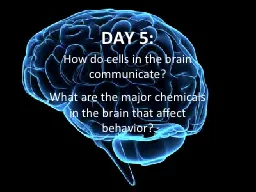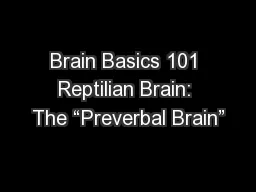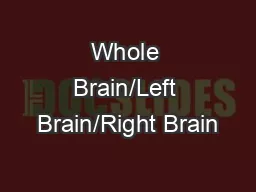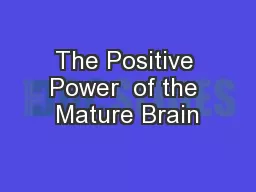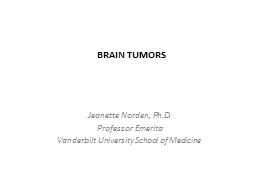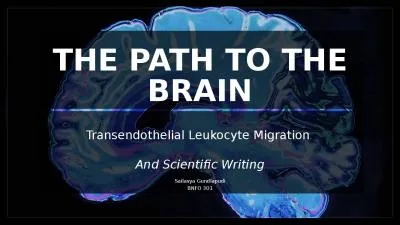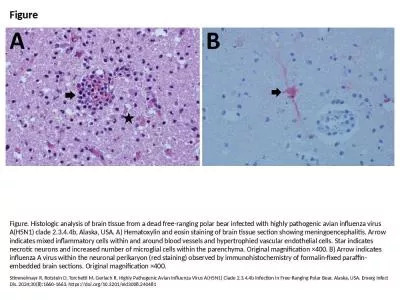PPT-DAY 5: How do cells in the brain communicate?
Author : heartfang | Published Date : 2020-06-23
What are the major chemicals in the brain that affect behavior Review of Memory What did we learn about different types and phases of memory What did we learn
Presentation Embed Code
Download Presentation
Download Presentation The PPT/PDF document "DAY 5: How do cells in the brain commun..." is the property of its rightful owner. Permission is granted to download and print the materials on this website for personal, non-commercial use only, and to display it on your personal computer provided you do not modify the materials and that you retain all copyright notices contained in the materials. By downloading content from our website, you accept the terms of this agreement.
DAY 5: How do cells in the brain communicate?: Transcript
Download Rules Of Document
"DAY 5: How do cells in the brain communicate?"The content belongs to its owner. You may download and print it for personal use, without modification, and keep all copyright notices. By downloading, you agree to these terms.
Related Documents

